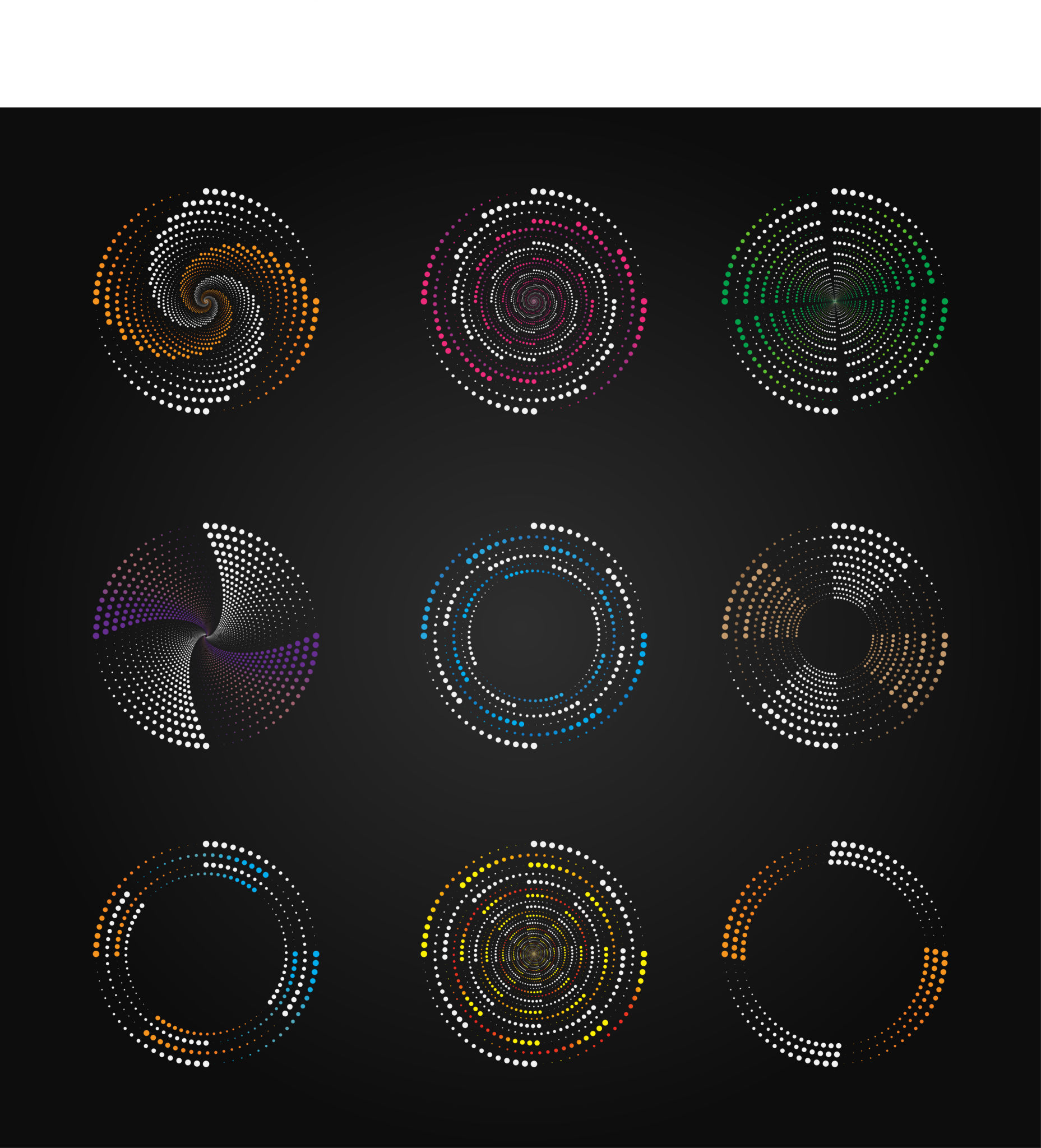Expert Insights: The Art of Combining Functionality and Aesthetics
Understanding the Balance: Functionality Meets Aesthetics
In the world of design and architecture, the harmonious blend of functionality and aesthetics is what sets exceptional creations apart from the rest. Designers often face the challenge of ensuring that their creations are not only visually appealing but also serve their intended purpose effectively. Striking this balance requires a deep understanding of both elements and how they can complement each other.
Functionality without aesthetics may lead to designs that, although practical, are uninspiring or even off-putting. Conversely, a purely aesthetic focus might result in beautiful but impractical outcomes. The key lies in finding a middle ground where both elements enhance each other to create something truly remarkable.

The Role of Functionality in Design
Functionality is the foundation of any design, ensuring that the end product meets its intended use efficiently. Whether it's a skyscraper, a piece of furniture, or a digital interface, the primary purpose of any design is to solve a problem or fulfill a need. This involves considering usability, accessibility, and durability.
A functional design is intuitive and user-friendly. It anticipates the needs of its users and eliminates any potential obstacles. For instance, in web design, functionality includes easy navigation, fast load times, and responsive interfaces that adapt to various devices. These elements are crucial in capturing and retaining users' attention.

Infusing Aesthetics for Enhanced Experience
Aesthetics play a vital role in creating an emotional connection with the user. Beautiful designs captivate attention and can evoke positive feelings, making them memorable. Aesthetics involve the careful selection of colors, textures, shapes, and forms that resonate with the target audience.
When aesthetics are thoughtfully integrated into functional designs, they not only enhance user experience but also communicate brand values and identity. For example, a minimalist approach might convey simplicity and elegance, while a bold use of colors and shapes could express creativity and innovation.

Expert Tips for Merging Functionality and Aesthetics
Achieving the perfect blend of functionality and aesthetics requires keen insight and creativity. Here are some expert tips for designers:
- Understand your audience: Knowing who will use your design helps tailor both functionality and aesthetics to their preferences and needs.
- Prioritize simplicity: Overcomplicating designs can hinder functionality. Aim for simplicity where each element serves a clear purpose.
- Embrace feedback: Regularly seek input from users to understand how they interact with your design and refine it accordingly.
Case Studies: Success Stories
Several renowned brands have mastered the art of combining functionality with aesthetics. For instance, Apple is often cited for its seamless integration of elegant design with user-friendly technology. Their products are not only visually stunning but also intuitive to use, setting a benchmark in the tech industry.
Another example is IKEA, known for merging practicality with Scandinavian aesthetics. Their furniture designs are functional yet stylish, making them popular worldwide. These case studies demonstrate that when done right, the synergy between functionality and aesthetics can lead to iconic designs.

The Future of Design: Continuous Evolution
The field of design is constantly evolving, driven by technological advancements and changing consumer preferences. As new tools and materials become available, designers have more opportunities to experiment and innovate. The future will likely see even greater integration of smart technologies into everyday objects, further blurring the lines between functionality and aesthetics.
Moreover, sustainable design is gaining prominence as consumers become more environmentally conscious. Designers are increasingly challenged to create eco-friendly solutions that do not compromise on visual appeal or practicality.
Conclusion: Crafting Timeless Designs
The art of combining functionality and aesthetics is a dynamic process that demands creativity, foresight, and adaptability. By understanding the importance of this balance, designers can craft timeless pieces that not only fulfill their purpose but also delight and inspire those who interact with them.
Ultimately, successful designs are those that leave a lasting impact, proving that when functionality meets aesthetics, the result is nothing short of extraordinary.
